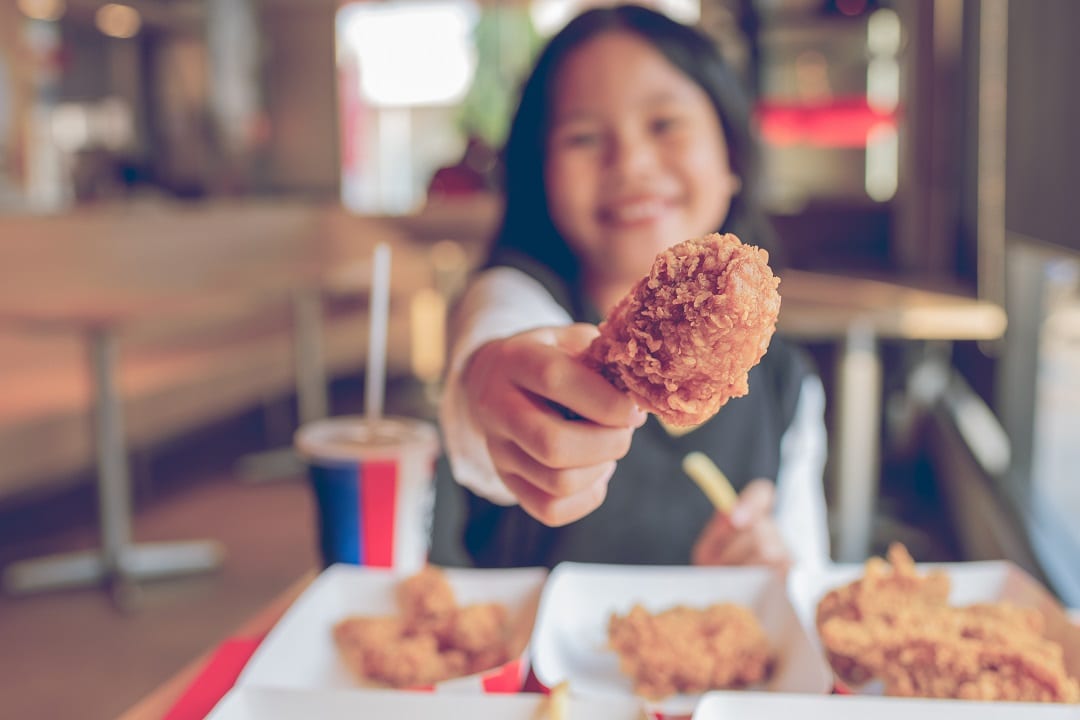Most chicken served in restaurants and sold in groceries is fresh and never frozen. Getting it there is typically accomplished in 48 hours from the time the chicken is killed. It has to move that fast. Poultry meat is often pulled from shelves six days after processing. That leaves a tight window to get the chicken into a consumer’s belly.
Timing is everything when it comes to delivering chicken in a fast, fresh and safe manner. Much is at stake. A truckload of chicken can be worth $100,000 to 150,000. Protecting profits hinges on chickens being processed and transported continuously and without mistakes many times a day. One chicken company that HPL partners with—and that is considered on the small side by industry standards—processes 1.6 million chickens a week.
HPL is a logistics company that specializes in moving chicken products. Many of HPL’s clients are from Gainesville, Georgia, the “Chicken Capital of the World” and the tips that follow come from HPL’s experience delivering poultry to some of America’s best-known restaurant and grocery chains.
Raising broiler chickens: the basics
Broilers are the type of chickens bred specifically to be eaten. There are other types of chickens bred for laying or breeding. Broilers are different. Farmers receive them as chicks and raise them for 47 days on average. At that point they’re about 6-1/2 lbs. and the farmer transports them to the processing plant.
Chickens are killed and processed in a single facility. These plants are located across the country. Their geographic dispersion supports the need for speed in chicken logistics. Processing fresh chicken and getting it to businesses within two days requires proximity to the market as well as a fast and unfailing supply chain.
Chicken processing is highly regulated and automated
Cleanliness is stressed in each stage of the chicken chain. Inspectors from the Food Safety Inspection Service (FSIS), the enforcement arm of the USDA, are present to ensure sanitary practices, quality, and grading standards.
In a process that is largely automated today, humane methods are used to stun chickens with an electric shock prior to killing them. Machines cut the stunned birds’ necks and drain them. Harvesting is followed by scalding to loosen the feathers which are removed by machine. Evisceration follows to remove organs and other parts. After being cleaned, the chicken is inspected, graded and then chilled.
Further processing and its many parts
During secondary processing, if the chicken does not remain a whole bird, it is portioned, sliced, or deboned depending on the order. It can be marinated or coated. It can be made into sausage or even cooked. How meat will be further processed is predetermined well in advance. Even before a chick is hatched, hatchers, growers and processors know whether it will stay whole, be cut in pieces or further processed for ground chicken, nuggets, sliced chicken breast and other products, according to Donald Conner, professor and head of the Auburn University Department of Poultry Science in Auburn, AL.
At this point, the determination is made whether the meat will be fresh or frozen. For chicken to be considered fresh it cannot be frozen at any time.
Packaging: a chill process
Once birds are killed, the name of the game is temperature control. With fresh chicken products, the packing area needs to be kept at a temperature of 8° – 10° C (46.4° – 50° F) for biosecurity reasons, according to WATTPoultry.com.
Once wrapped, chicken is inspected by the FSIS and often receives a blast chill to lower temperatures without causing freezing. The packages are then labeled with price, weight and USDA approval. The products are then consolidated in boxes with a label displaying the package date, USDA seal and plant number.
Shipping or storing—it’s all about maintaining the cold chain
Once packaged, it’s a mad rush to get chicken to distributors to keep the meat—whether it is fresh or frozen—within an acceptable temperature range. It starts with loading in a dispatch area with ambient temperature not to exceed 10° C (50° F) (per WATTPoultry.com). Experienced chicken carriers know to limit the amount of time chicken spends in loading, unloading and in transit when temperatures can fluctuate.
Refrigerated trucks and trailers (reefers) can be a weak link in the chicken chain. They need to be inspected regularly for leaks that allow warm air to enter. The reefer units also need to be checked to make sure they’re set at the proper temperature and inspected to ensure they are working properly and have enough fuel.
Once the chicken reaches its destination, it needs to be stored at the right temperature as quickly as possible. Frozen chicken poses unique storage challenges. Temperature, humidity, spacing and drafts must be carefully controlled.
Logistics: not the place to play chicken
One of the main reasons maintaining the cold chain for fresh chicken is so challenging is that the meat needs to stay below the danger zone of 4.4° C (40° F). It must also not dip below -3.3° C (26° F) in order to be labeled as fresh according to the USDA.
The range of threats to an unbroken cold chain are endless. Reefer transport is its own animal, and chicken logistics only more so. Standards of cleanliness, cargo security, traceability, temperature-control, and familiarity with retailers’ and restaurants’ delivery standards are key ingredients for success.
For these reasons, working with an experienced chicken carrier is a tremendous advantage. A pro can help remove the variables that lead to temperature excursions, contamination, delays and other conditions that threaten a company’s investment and the health of the public.
Talk to HPL about how We Keep It Cold.




